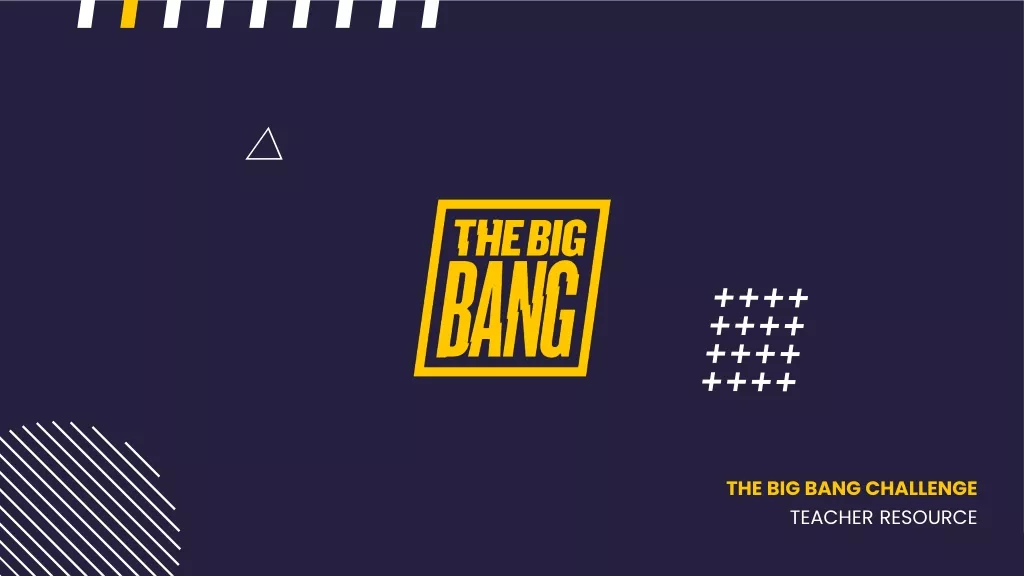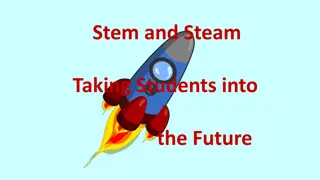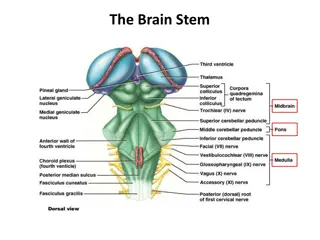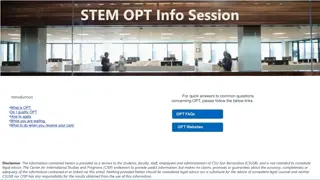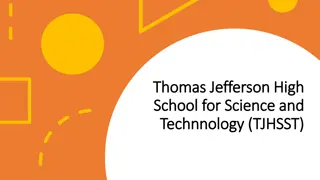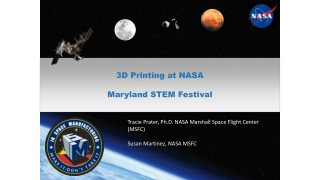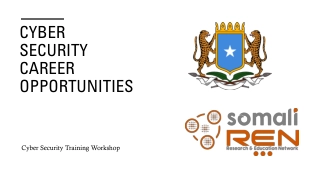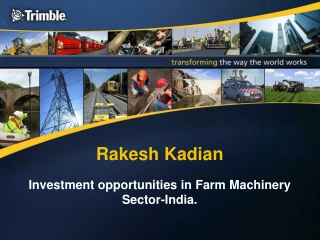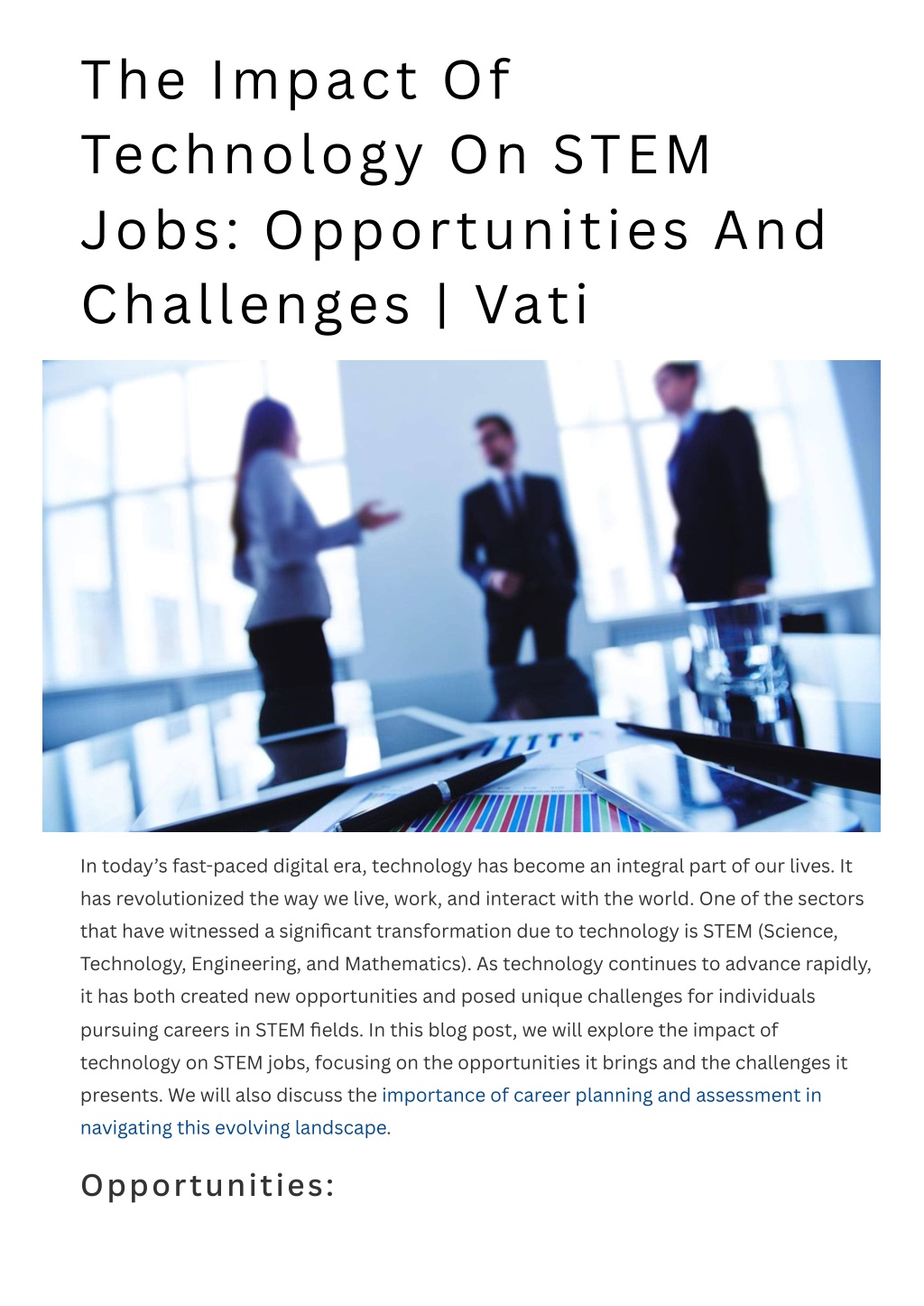
The Impact Of Technology On STEM Jobs Opportunities And Challenges | Vati
In this blog post, we will explore the impact of technology on STEM jobs, focusing on the opportunities it brings and the challenges it presents. We will also discuss the importance of career planning and assessment in navigating this evolving landscape.
Download Presentation
Please find below an Image/Link to download the presentation.
The content on the website is provided AS IS for your information and personal use only. It may not be sold, licensed, or shared on other websites without obtaining consent from the author. Download presentation by click this link. If you encounter any issues during the download, it is possible that the publisher has removed the file from their server.
Presentation Transcript
The Impact Of Technology On STEM Jobs: Opportunities And Challenges | Vati In today s fast-paced digital era, technology has become an integral part of our lives. It has revolutionized the way we live, work, and interact with the world. One of the sectors that have witnessed a significant transformation due to technology is STEM (Science, Technology, Engineering, and Mathematics). As technology continues to advance rapidly, it has both created new opportunities and posed unique challenges for individuals pursuing careers in STEM fields. In this blog post, we will explore the impact of technology on STEM jobs, focusing on the opportunities it brings and the challenges it presents. We will also discuss the importance of career planning and assessment in navigating this evolving landscape. Opportunities:
1. Automation and E?ciency: Technology has greatly automated various processes in STEM fields, leading to increased e?ciency and productivity. Tasks that were once time- consuming and labor-intensive can now be accomplished with the help of advanced software and machines. This has opened up opportunities for STEM professionals to focus on more complex and innovative work, allowing them to push the boundaries of their fields. 2. Emerging Technologies: The rapid development of emerging technologies such as artificial intelligence, machine learning, and blockchain has created new avenues for STEM jobs. These technologies require skilled professionals who can develop, implement, and maintain them. As companies across industries embrace digital transformation, the demand for experts in these fields continues to rise. STEM professionals who are adaptable and willing to acquire new skills can take advantage of these emerging technologies and secure high-demand jobs. 3. Interdisciplinary Collaboration: Technology has blurred the boundaries between traditional STEM disciplines, leading to increased collaboration and the emergence of interdisciplinary fields. For example, bioinformatics combines biology and computer science, while robotics integrates engineering and computer science. This interdisciplinary approach encourages professionals to expand their knowledge beyond their core area of expertise, enabling them to work on diverse projects and contribute to groundbreaking innovations. 4. Remote Work and Global Connectivity: Advancements in technology have facilitated remote work opportunities and enhanced global connectivity. STEM professionals now have the flexibility to work from anywhere, collaborate with colleagues worldwide, and access resources and information instantaneously. This not only opens up a broader range of job opportunities but also allows individuals to strike a better work-life balance. Challenges: 1. Technological Disruption: While technology creates new opportunities, it also disrupts traditional job roles. Automation and artificial intelligence have the potential to replace certain tasks previously performed by humans. This can lead to job displacement and the need for professionals to upskill or reskill themselves to remain relevant in the job market. Adaptability and a commitment to lifelong learning are crucial in navigating these challenges.
2. Skill Gap: The rapid pace of technological advancement often creates a skill gap between the demand for specialized expertise and the availability of skilled professionals. As new technologies emerge, the education system may take time to catch up, resulting in a shortage of qualified candidates. STEM professionals need to stay updated with the latest trends and acquire in-demand skills through continuous learning to bridge this gap. Read More: The Impact Of Technology On STEM Jobs: Opportunities And Challenges Read More Articles: Understanding Educational Leadership: Role, Significance, and Components The Important 5 Steps of Career Planning Process About Us: You are introducing Vati, your ultimate career planning and assessment platform. Vati o?ers personalized tools and expert guidance to help you identify your strengths, explore career options, set achievable goals, and create a detailed action plan. Start your journey with Vati and take the first step towards a fulfilling career.

